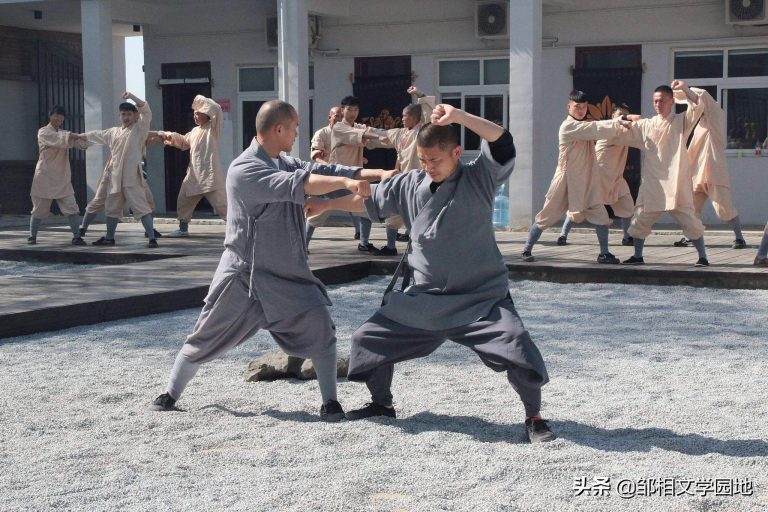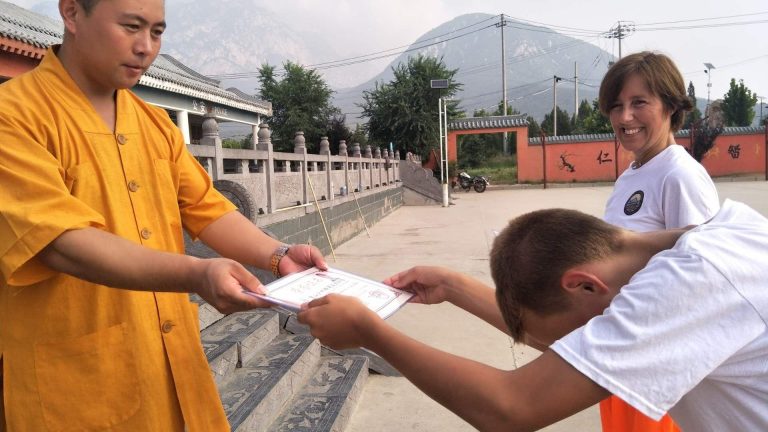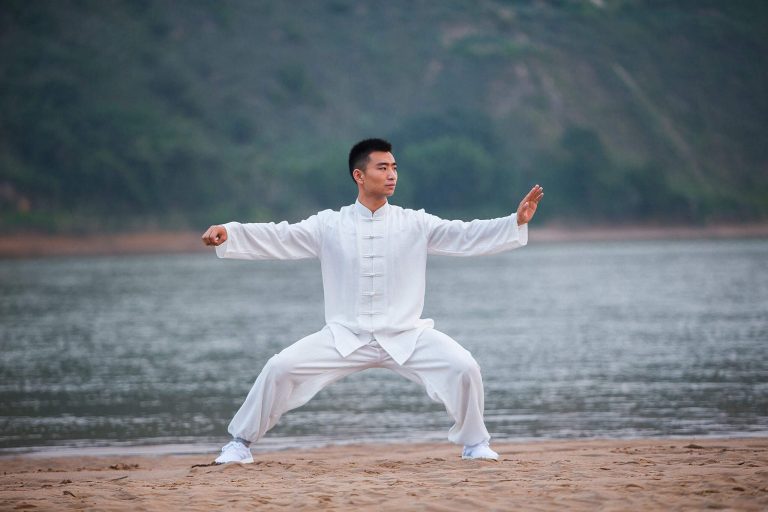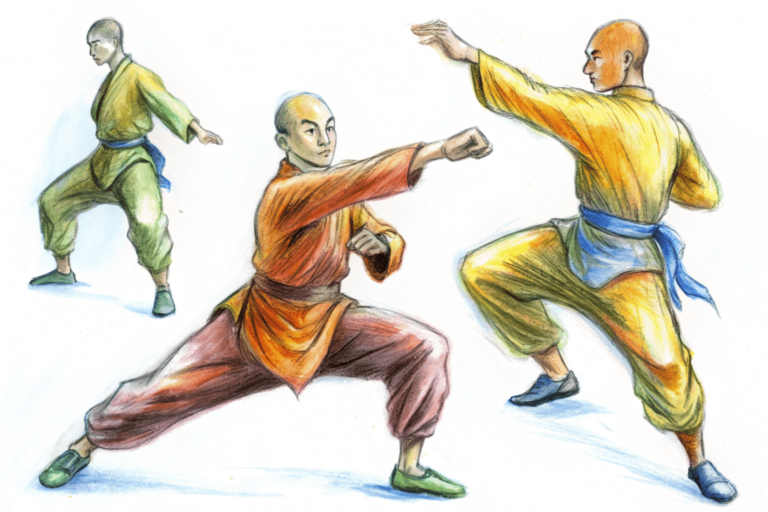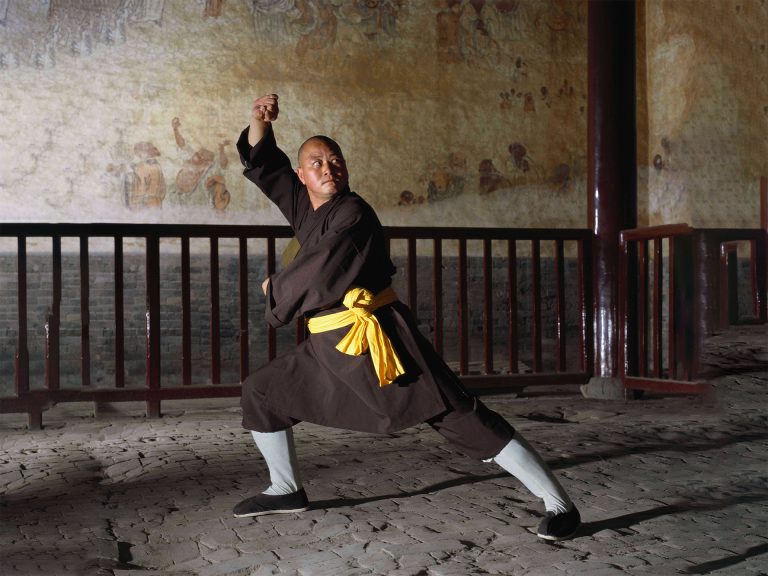Qi Gong for Five Internal Organs
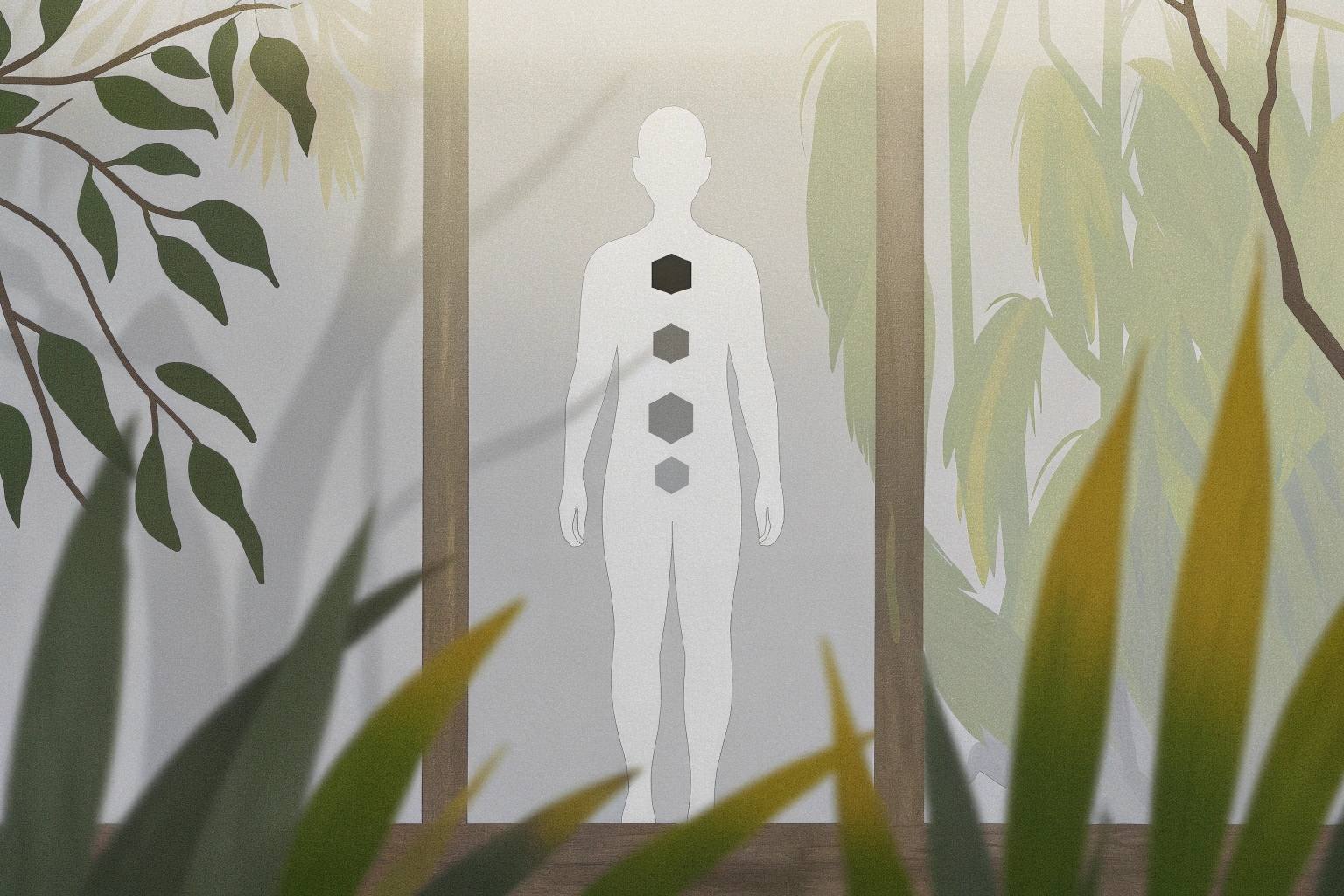
Five Internal Organs Internal View Gong is a form of qigong that primarily enhances function, unblocks meridians, corrects yin-yang imbalances, adjusts qi and blood balance, replenishes deficiencies, releases excess, and stimulates the body’s potential through introspective visualization.
This practice is based on the principle of the Five Elements’ mutual generation: Water (Kidneys) generates Wood (Liver), Wood generates Fire (Heart), Fire generates Earth (Spleen and Stomach), Earth generates Metal (Lungs), and Metal generates Water (Kidneys). This process mobilizes and invigorates the body’s inherent vitality.
During practice, the emphasis is on the overall unity of the five internal organs, while acknowledging the importance of their “individuality.” Therefore, practitioners can focus on strengthening weaker organs according to their personal conditions, specifically addressing imbalances between organs. This makes the practice effective for disease prevention and treatment, as well as for enhancing longevity and increasing skill.
I. Practice Method
- Practitioners can adopt sitting, standing, or lying positions, with sitting being primary. The posture should be upright and relaxed. Hands and feet should be placed naturally and comfortably. Face south with eyes gently closed.
- After closing the eyes and relaxing the whole body for a few minutes, merge the mind with the inner light and focus on the kidneys, imagining them filled with black, ink-like water.Hold this visualization for a few minutes. Once the image is clear, mentally merge the black water from both kidneys at the Mingmen point (lower back). Guide the black water into the liver under the right rib, imagining the liver being soaked and thoroughly nourished by the black water.After the liver is fully soaked, visualize the black water turning blue, like clear river water.Maintain this image for a few minutes, then guide the clear water from the liver into the heart. Imagine the clear water turning into red qi, then into red light, filling and illuminating the entire body.Maintain this image for a few minutes, then retract the red light back into the heart. Imagine the red light entering deep into the Zhongwan point, forming a golden yellow circular light the size of your palm.Maintain this image for a few minutes, then visualize the yellow light ascending into the lungs, transforming into white gas, spreading throughout the lungs. After a few minutes, imagine the white gas turning into sweet dew, pure and clean, converging at the Shanzhong point, then descending directly to the Mingmen.At the Mingmen point, the sweet dew divides into two paths, entering the kidneys and transforming into black water.
- After this, practitioners gently open their eyes and stand relaxed. Lightly pat all over the body from the top of the head. Repeat this about ten times to conclude the practice.
II. Precautions
- Do not practice this method simultaneously with other qigong methods. However, other methods can be practiced at different times.
- This practice has no contraindications or side effects. Temporary discomfort during practice is often a sign of clearing pathogenic qi. Continue practicing diligently to promote early recovery.
- Practicing during hunger, fullness, or fatigue is not harmful. Short sessions during these times can be particularly beneficial for body and mind.
- For those with illnesses, practicing alongside other medical treatments can enhance resistance, improve efficacy, and promote recovery.

